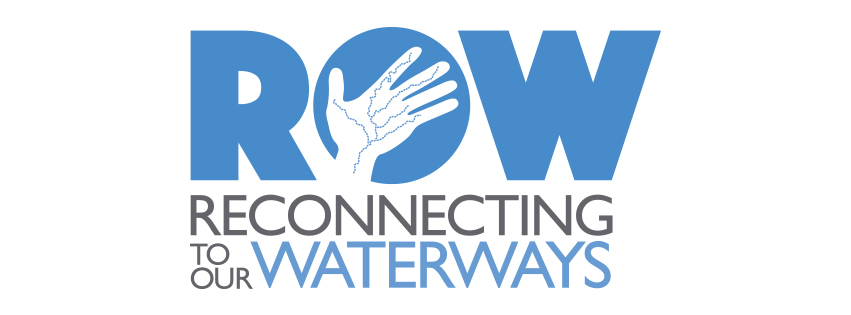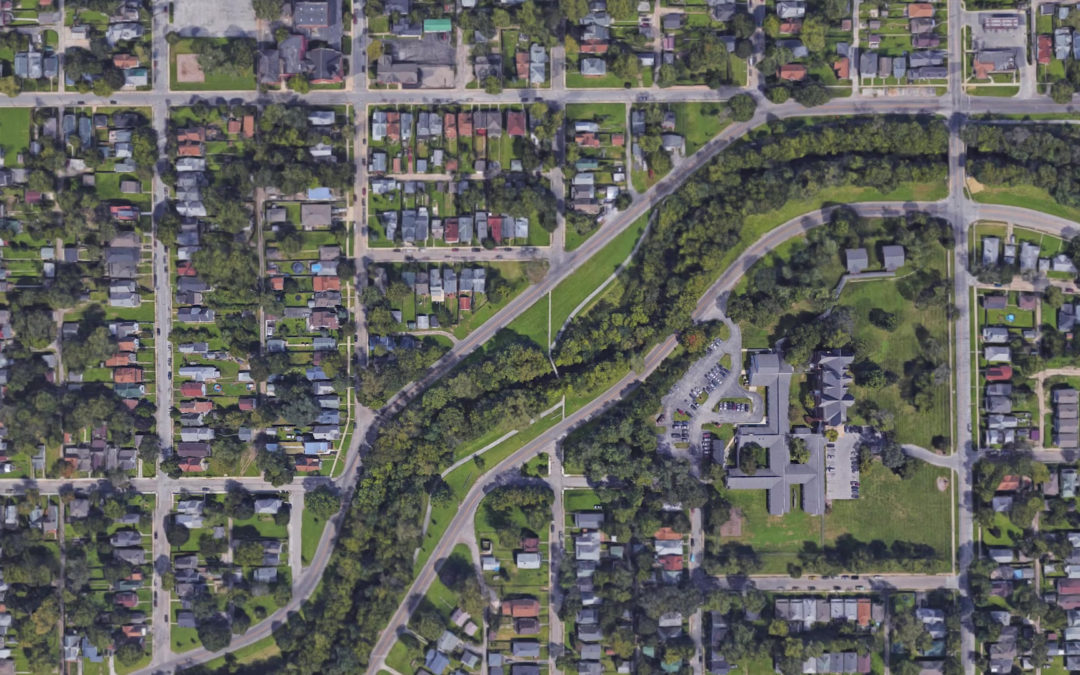It’s used to make the morning coffee, when showering, when washing dishes or mopping the floor.
It’s needed to grow and prepare every meal, and to manufacture nearly every product in a home or office, including clothing and paper and paint. It’s needed to make cars run and keep them clean.
Water is the basis for everything people see, touch, use, and do in their everyday lives. So, it’s a good thing that everyone lives in a watershed!
When asked if they live in a watershed, most people just don’t know the answer. So, what is it? A watershed is an area of land that drains into a common body of water. When it rains, the most natural journey for water to take is to permeate into soil, groundwater, small bodies of water, rivers, and eventually to the ocean. This is how groundwater supplies are refreshed and rivers and streams stay active to support human and animal life.
“Watersheds are the foundation for ecosystems and organisms, and thus are critical for a sustainable environment,” said Gabe Filippelli, professor at Indiana University-Purdue University’s Department of Earth Sciences. “They can absorb a lot of insults from contamination, overdevelopment, and poor land use, but they only stretch so far before those insults result in damaged ecosystems, sometimes permanently so.”
In both rural and urban areas, rainwater runs off surfaces like paved streets and fields, bringing toxins and debris directly into the very same waterways from which people get drinking water. More chemicals, oil, litter and other debris increases the cost to treat this water before it is safe for use by humans in their homes, impacting the economic health of Indianapolis. It also means degrading habitats that cannot support the life of diverse species necessary for all of Earth’s natural processes, from the needs of squirrels, deer and racoons, fish and turtles, and important pollinators like bees and butterflies.
“We all live in a watershed and our daily individual actions collectively determine the health of our shared water resources,” said John Hazlett, district manager for Marion County Soil and Water Conservation District. “Urban waterways are particularly sensitive to human activity and we are in a unique position to enhance or degrade local water quality based on these actions.”
Not only do watersheds provide an essential resource, they also make up the physical contours of social and cultural life. “The funny thing about water is that unlike many other natural resources, it moves – it travels and as it travels, it literally connects people, connects land uses, connects entire communities,” said Jill Hoffman, executive director of White River Alliance. “These connections create an interdependence that people don’t often think about. Raising awareness about this, (our watershed connections) will inspire cooperation, and that is what our shared water future needs more than anything.”
Most of Indianapolis is in the White River watershed, the body of water from which the Central Canal draws and to which Fall Creek, Little Eagle Creek, Pleasant Run, and Pogue’s Run flow. Residents of Indianapolis can contribute to the health and replenishment of this most vital element of everyday life right in their own communities.
What you can do. With funds from the Herbert Simon Family Foundation, ROW partners – Indianapolis Neighborhood Housing Partnership, Citizens Energy Group, City of Indianapolis, Indiana Wildlife Federation, Friends of White River, Keep Indianapolis Beautiful, White River Alliance, and Health By Design – collaborated on a comprehensive guide for Indianapolis residents to conserve water and prevent pollution in their homes, yards, and neighborhoods.
Some examples include:
– In the home: Preserve the watershed by waiting to do full loads of dishes and laundry, turning water off when not directly in use, installing low flow appliances. Keep the watershed clean by disposing of unused medications at a local clinic, throwing cooking grease away instead of down the drain, and using non-toxic cleaning materials.
– In the yard: Maintain vehicles properly and avoid lawn fertilizers to prevent harmful toxins from running into the watershed. Reduce watering and install a rain barrel to catch rainwater for gardens and landscaping. Remove invasive plants and replace them with beautiful and easy-to-maintain native species (for more information visit www.ourwaterways.org/invasives).
– In the neighborhood: Become a member of Keep Indianapolis Beautiful’s Adopt-a-Block program (www.kibi.org/adopt-block) for resources to pick up trash and yard waste from streets, alleys, and other public spaces. Reduce use of single-use plastics that find their way into the watershed. Join a ROW Waterway Committee (www.ourwaterways.org/events or contact [email protected]) to be part of local projects improving the quality of all life within the White River watershed.

